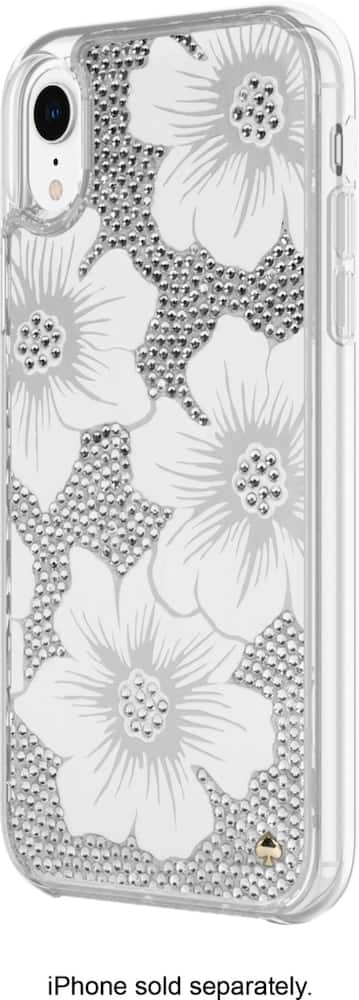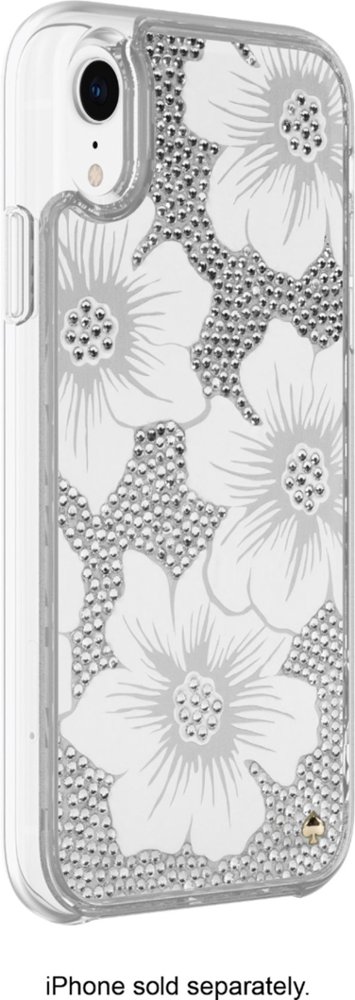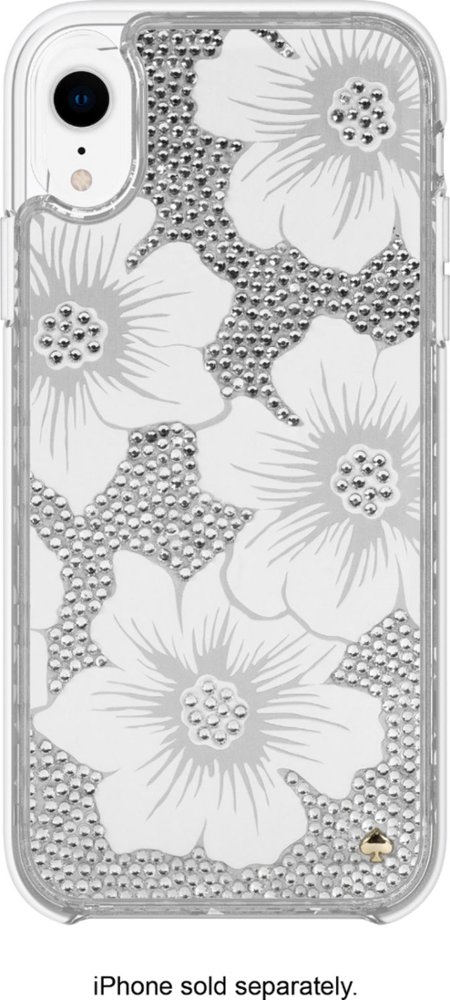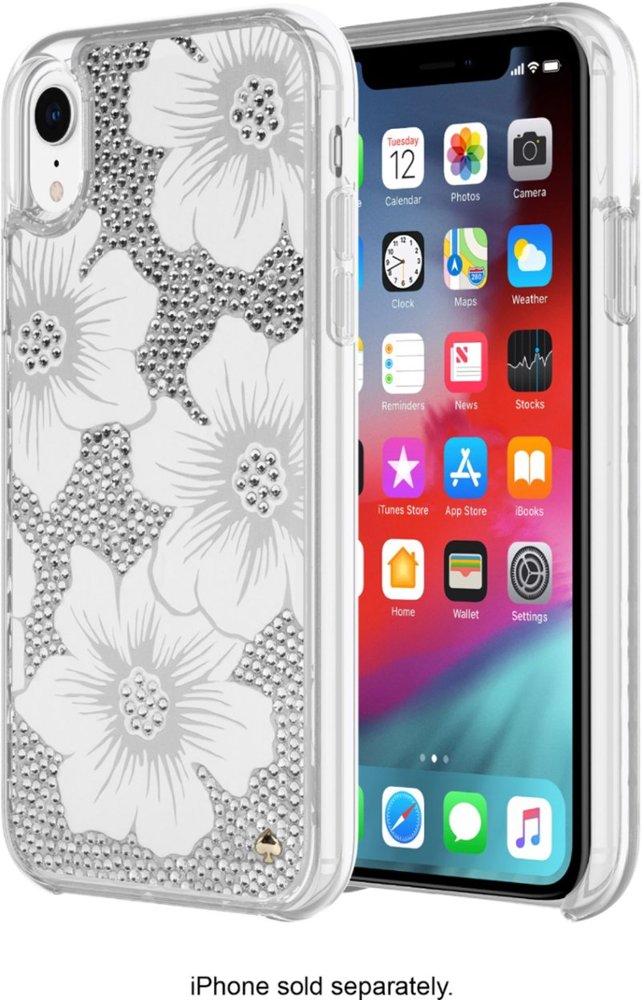
protective case for apple iphone xr - hollyhock glitz
SKU: EN-M10131





protective case for apple iphone xr - hollyhock glitz
Try going on a "wireless data diet" for a month or two. For instance, if you aren't using Wi-Fi when it's available, you should start. This is particularly easy if you have Wi-Fi at home or at work. You may also want to download a data compression app, such as Onavo or Hotspot Shield, onto your smartphone. (I wrote about data compression apps last Friday in Ask Maggie.) These apps can reduce your data usage by half. One thing to note is that the compression apps do not compress audio or video. So if you're streaming a lot of video onto your smartphone, these apps won't help much. But if you're also checking Facebook, tweeting, or posting Foursquare updates every chance you get, then these apps can make a significant difference. The apps are free to download, and they provide you with all kinds of useful information about your usage.
Once you have one of these apps on your phone, use the reports and monthly comparison charts to see what your average usage is and to determine if you can significantly reduce your former usage patterns, Based on this information you can determine, which data plan works best for you, When it comes to the new "share" data plans, AT&T and Verizon are comparable on price, They differ by only $5 or at most $10 a month, depending on how much data you need, Since you protective case for apple iphone xr - hollyhock glitz mentioned you rarely use more than 4GB of data, I'm going to assume that you regularly exceed 3GB of data per month, So we can use a 4GB cap as a start for this comparison, (If you find you need less than 4GB of data, you will have to rethink and recalculate this comparison.)..
Comparing the plans. This summer Verizon and AT&T introduced new share plans that allow you to either share your data with other people on your plan or with other devices on the same account. Verizon requires that all new subscribers sign up for one of these new share plans. AT&T is more flexible. Customers can either sign up for individual voice, text, and data plans or they can sign up for a share plan. Verizon charges $70 a month for a 4GB data plan that includes unlimited voice and text messaging. It will cost you another $40 to connect your smartphone to this plan. The total per month is $110.
As I mentioned, AT&T offers two options, If you buy voice, data, and texting separately, you can get the cheapest voice plan, which offers 450 minutes, for $40 a month, Since you said you text a lot, you should get the unlimited texting plan, (It's the only texting plan offered other than a pay-per-text option, I don't recommend this for people who text a lot.) The text plan is $20 a month, And the data plan is $30 a month for 3GB of data, If you protective case for apple iphone xr - hollyhock glitz need more data, AT&T also offers a $50 per month plan with 5GB of data, This plan also includes free Wi-Fi hot spot functionality on your smartphone, so you can share your data with other Wi-Fi enabled devices, In total, the 3GB data plan with voice and texting is $90 per month, The 5GB plan with voice and texting is $110, the same as Verizon's 4GB share plan..
AT&T also offers a 4GB share plan. Its pricing is identical to Verizon's pricing. For $70 per month, you get 4GB of data, plus unlimited talk and text messaging. And it's $40 a month to attach a smartphone to this plan. The total is $110. What this means for you is that if you really need 4GB of data per month, you will be paying $110 regardless of whether you choose Verizon or if you choose either of AT&T's two options. But if you can get your data usage down to under 3GB of data per month, you can subscribe to AT&T's individual plan with 3GB of data per month and pay $90 a month, which is the same as what you currently pay on Sprint's network.
- new cases for iphone xr cases - leather case
- iphone case for 6s
- case for apple iphone 7 plus - gold
- korrii standard case for apple iphone x and xs - rose gold
- i'll never let go iphone case
- dynex - ultrathin case for apple iphone xr - black/semi-clear
- ballet shoes
- zoe. ballet flats - leather shoes - tan & gold leather. available in different sizes
- white ballet slippers with hand embroidered art deco monogram
- ballet bangle pink ballet shoe bracelet ballet shoe charm ballet charm jewelry ballet dance girl gift personalized initial brace
- ballet shoes stud earrings, sterling silver
- More...